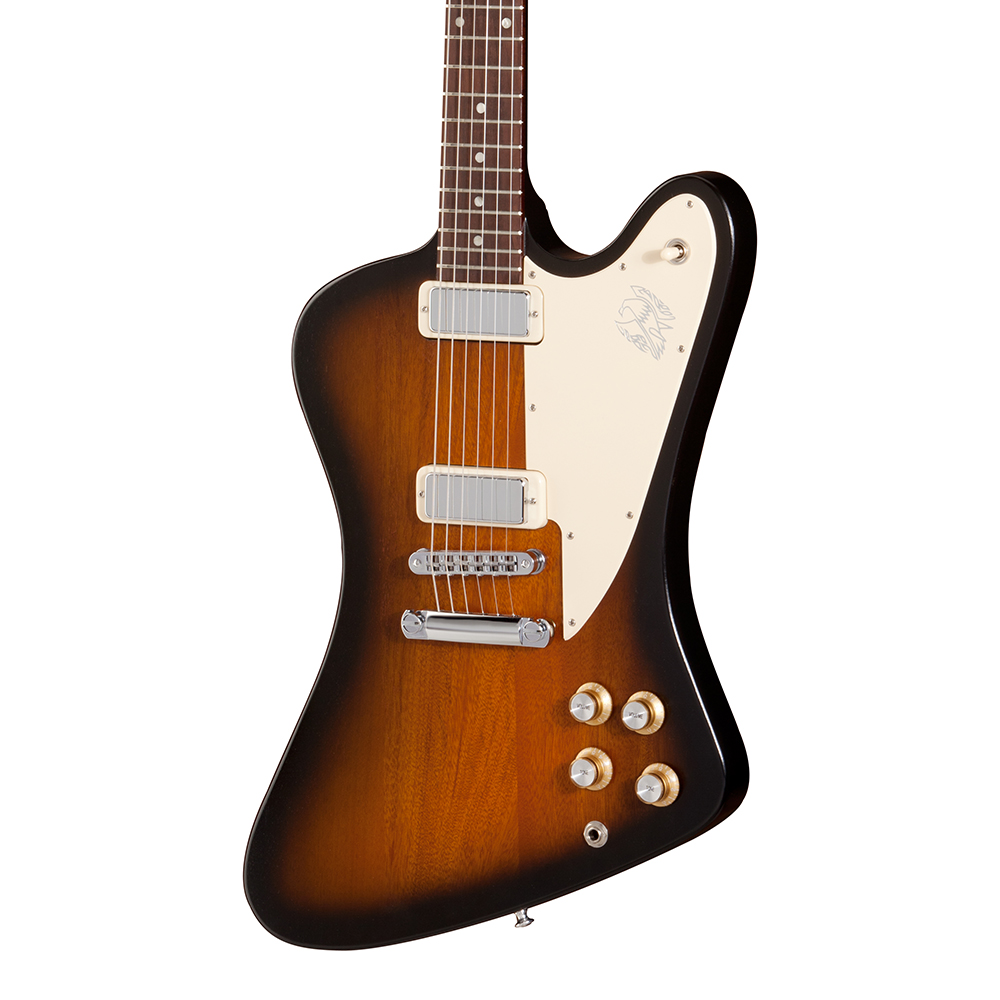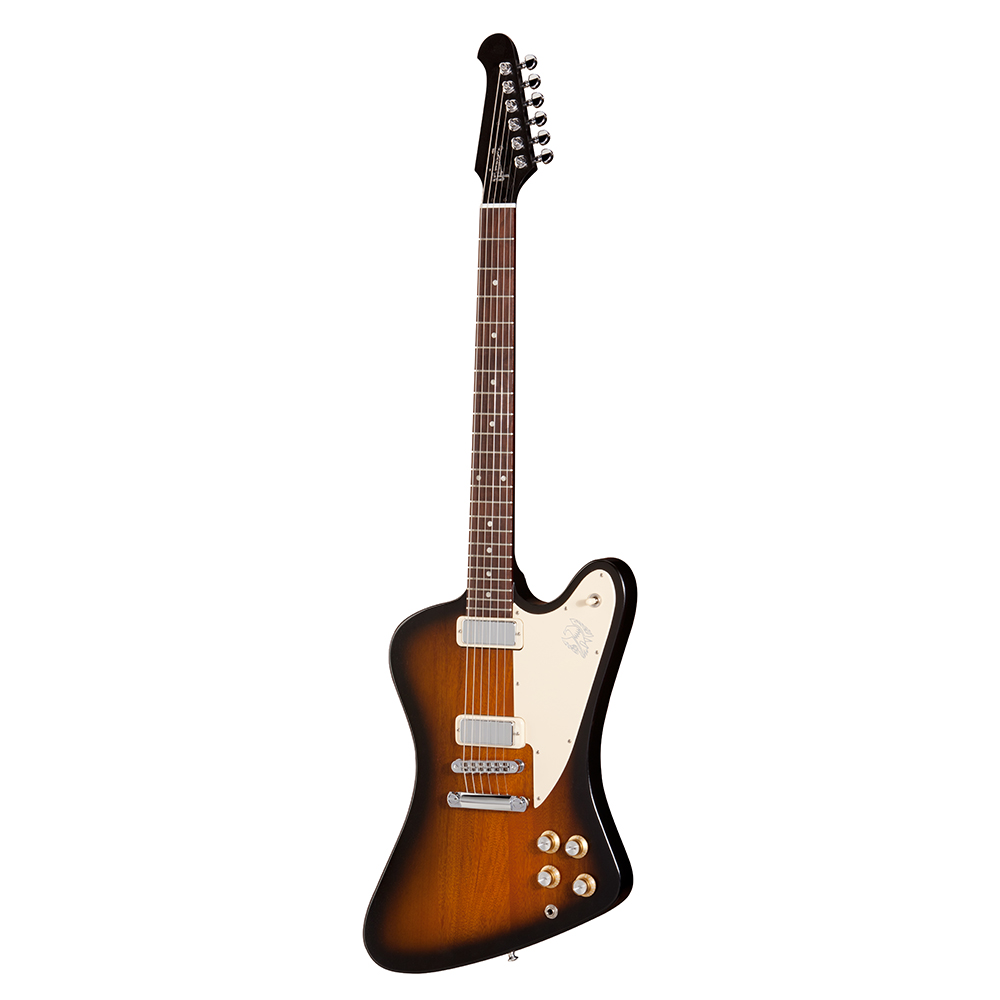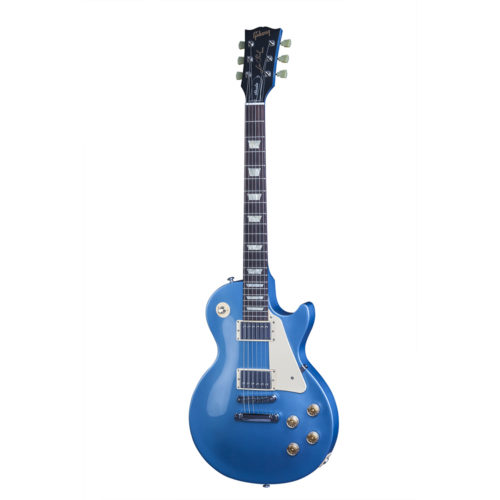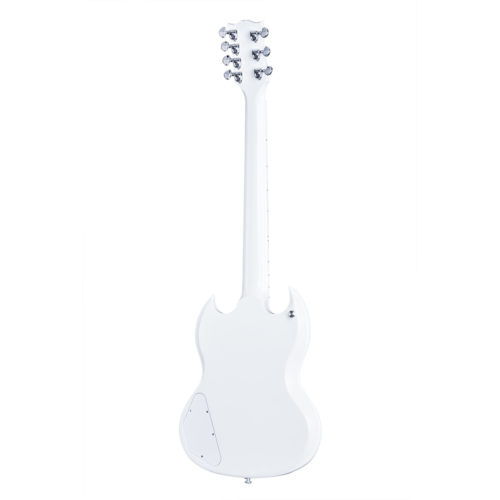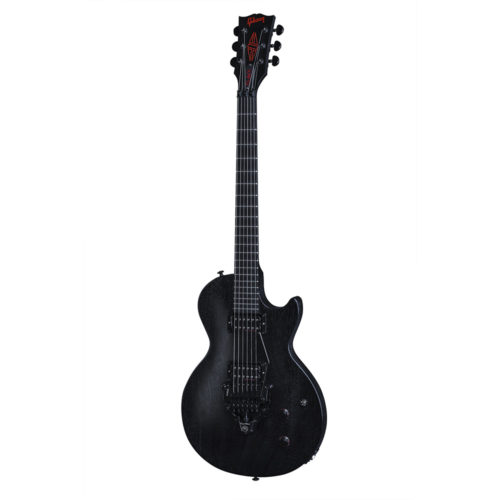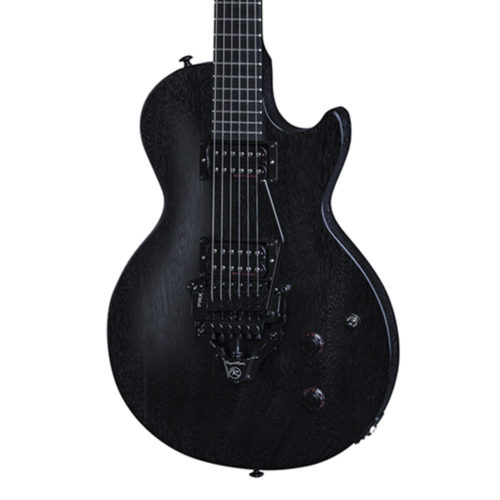Description
Gibson’s original “Reverse-Bodied” Firebird was ahead of its time when it first arrived in the early ’60s, but it really came into its own as a rock classic of the 1970s. To capture the look, feel and tone of the instruments that made massive music during a decade when rock was king, Gibson USA introduces the Firebird Studio ’70s Tribute. The series also includes an SG Studio and Les Paul Studio with complementary features. The Firebird Studio ’70s Tribute offers all the quality and performance that has made the Studio range so popular with hard-gigging guitarists since its introduction in 1983, with crucial updates that ally it to many legendary Gibson guitars of the 1970s. Grab hold of the unique thin-to-thick neck carve of the Firebird Studio ’70s Tribute—with a profile that starts out slim at the lower frets and becomes increasingly chunky as you slide toward the joint—and you’re rocketed straight back to an age of fierce, fast soloing. In the tone department, it carries a pair of Dual Blade Alnico Mini Humbuckers, new pickups that offer vintage-edged tones with great contemporary versatility, and a visual nod toward the original Firebird guitars. To top it off, the Firebird Studio ’70s Tribute looks great in your choice of Vintage Sunburst, Cherry, Ebony Black or Silver Burst finish, all in grain-textured satin nitrocellulose lacquer.
Like the most revered vintage Firebirds, the Firebird Studio ’70s Tribute starts with a solid mahogany body. This classic tonewood offers superb depth and balance, and is extremely light for optimum playing comfort. This set-neck Firebird is crafted to the original slim-bodied lines of the radical “Reverse-Bodied” Firebirds of the early-to-mid-’60s, so the Firebird Studio ’70s Tribute also captures the visual style of one of the most revolutionary guitar designs ever to hit the scene. Like many great Gibsons of the ’70s, the neck is made from maple and carved to a profile unique to the era, which measures .800” deep at the 1st fret and increases to .963” at the 12th, with a volute behind the nut to both strengthen the headstock joint and enhance neck resonance. A chocolate-brown baked maple fingerboard carries modest pearloid dot inlays, and terminates in a PLEK-cut Corian™ nut with a width of 1-11/16”. As with many Studio models, the Firebird Studio ’70s Tribute keeps it all down to basics—and saves you money—by omitting fingerboard binding. Its look is complemented by a cream pickguard (with Firebird graphic) and pickup rings and gold knobs (Vintage Sunburst and Ebony Black) or black guard, rings, and knobs (Silver Burst and Cherry), and traditional gold Gibson and Les Paul Model silkscreens on all but the Silver Burst, which has silver silkscreens.
To help the Firebird Studio ’70s Tribute rock with unparalleled character and articulation, Gibson USA loads it with a pair of Dual Blade Alnico Mini Humbuckers. Entirely new pickups from Gibson USA, these units improve upon the best attributes of the former Mini Humbuckers seen in the Les Paul Deluxe in the ’70s, and the different Firebird Mini Humbuckers of the early ’60s, in an efficient design that uses dual steel blades and an Alnico magnet for a vintage voice that still retains plenty of chime. These pickups are calibrated for balanced output between the neck and bridge positions, yielding everything from singing bluesy neck tones to crunchy and wailing leads, and are dressed in solid chrome covers. They are routed through the traditional four-knob and three-way switch wiring set up, and partnered with a Tune-o-matic bridge and stopbar tailpiece for optimum sustain and precise intonation. A set of vintage-style TonePros™ tuners with chrome keys graces the reversed six-in-line headstock.
ABOUT GIBSON:
Orville Gibson founded the company in 1902 as “The Gibson Mandolin-Guitar Mfg. Co., Ltd.” in Kalamazoo, Michigan to make mandolin-family instruments. Gibson invented archtop guitars by constructing the same type of carved, arched tops used on violins. By the 1930s, the company was also making flattop acoustic guitars, as well as one of the first commercially available hollow-body electric guitars, used and popularized by Charlie Christian. www.gibson.com

